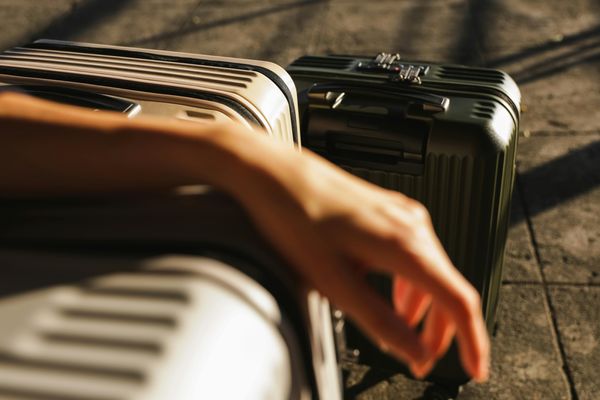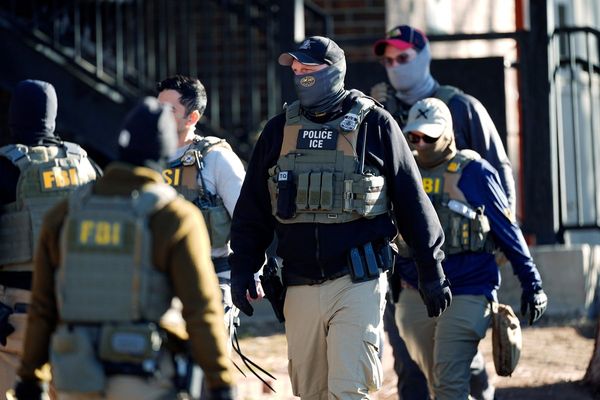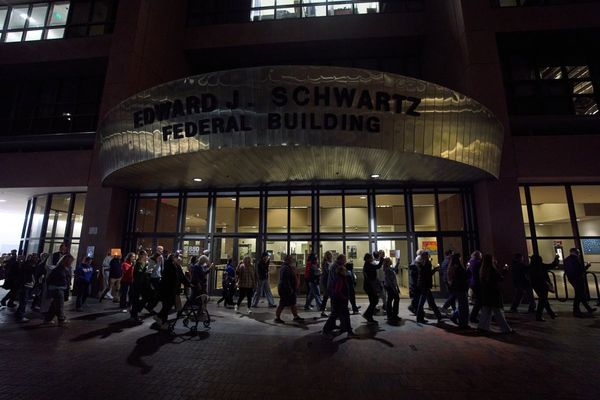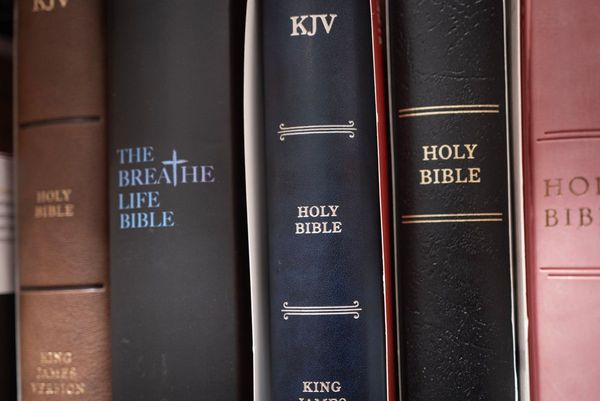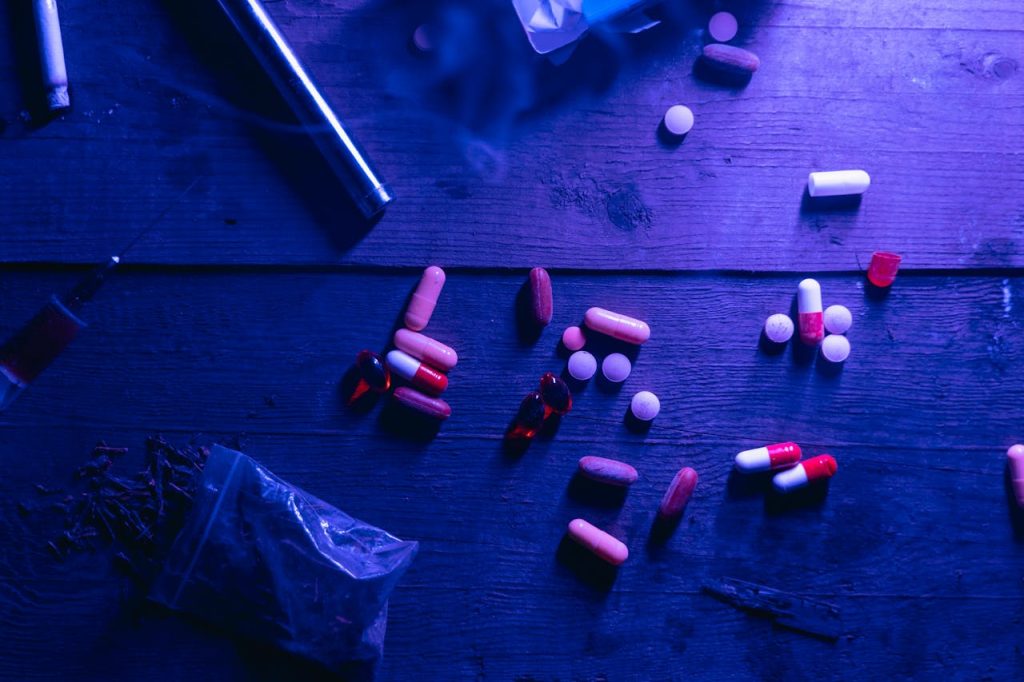
When people think about living in poor neighborhoods, they often assume everything costs less. But the reality is more complicated. Many everyday expenses actually cost more in these areas, creating extra stress for those already struggling. This can make it even harder to get ahead or break the cycle of poverty. Understanding which things cost more and why can help you make smarter decisions and advocate for change. Let’s look at seven things that end up costing more in poor neighborhoods.
1. Groceries and Healthy Food
The price of basic groceries is often higher in poor neighborhoods. Many of these areas are considered “food deserts,” meaning there are few or no full-service supermarkets. Residents may have to rely on convenience stores or small markets, which tend to charge more for essentials like milk, bread, and produce. These stores also have less variety and fewer healthy options.
Even when a grocery store is nearby, prices can still be higher due to lower competition and higher operating costs. For families on a tight budget, this makes it tough to afford nutritious meals. The cost of groceries can eat up a big portion of income, leaving less for other needs.
2. Banking and Financial Services
Accessing affordable banking is another example of things that cost more in poor neighborhoods. Many banks avoid these areas, leaving residents to rely on check-cashing stores, payday lenders, and money orders. These services charge high fees for basic transactions like cashing a paycheck or paying a bill.
Without easy access to traditional banks, people might pay hundreds of dollars a year in fees. Overdraft charges, minimum balance fees, and ATM withdrawal costs add up quickly. For those living paycheck to paycheck, these extra expenses can make a big difference.
3. Utilities and Energy Bills
Utilities are a basic necessity, but in poor neighborhoods, the cost of living can be higher due to older, less efficient housing. Many homes lack proper insulation or have outdated heating and cooling systems. As a result, residents use more energy to keep their homes comfortable, which leads to higher monthly bills.
Some landlords may include utilities in the rent, but often at a premium. Others may not maintain the property well, leaving tenants to deal with leaky windows or drafty doors. High energy bills can quickly eat into a household budget, making it even harder to get by.
4. Transportation and Car Insurance
Getting around is more expensive in many poor neighborhoods. Public transit options may be limited, forcing people to rely on taxis or rideshares, which are pricier over time. If you drive, you might face higher car insurance rates. Insurers often charge more in areas with higher crime rates or more accidents, regardless of your personal driving record.
Older vehicles, which are more common in these areas, tend to need more repairs and maintenance. All of this adds up, making transportation one of the key things that cost more in poor neighborhoods.
5. Healthcare and Prescription Drugs
Access to affordable healthcare is a major challenge. Many poor neighborhoods have fewer clinics, doctors, and pharmacies. Residents may need to travel farther or wait longer for care. Without insurance or with only high-deductible plans, out-of-pocket costs can be steep.
Prescription drugs can cost more at small, independent pharmacies, which may dominate in low-income areas. Lack of competition means higher prices for the same medications. Skipping regular checkups or prescriptions because they’re too expensive can lead to even bigger medical bills down the road.
6. Rent and Housing Costs
It might seem surprising, but rent can be one of the things that cost more in poor neighborhoods when you consider value for money. While the monthly price may be lower than in wealthier areas, the quality of housing is often much worse. Tenants may pay for repairs, pest control, or extra security out of pocket.
Landlords might require larger deposits or charge fees for late payments—costs that add up quickly. Overcrowding is common, and renters often get less space for their money. These hidden costs make housing far more expensive than it first appears.
7. Everyday Goods and Services
From toiletries to cleaning products, everyday goods often have higher markups in poor neighborhoods. Without big-box stores or major chains, small shops can charge more because residents have fewer choices. Services like haircuts, laundry, and cell phone plans may also be pricier or lower in quality.
When you add up all these small expenses, it becomes clear that the cost of living is higher in poor neighborhoods than many people realize.
Building Awareness and Finding Solutions
Recognizing the hidden costs of living in poor neighborhoods is the first step toward change. Many people assume that low-income areas are always cheaper, but the reality is that essential goods and services often come with a higher price tag. This can trap families in a cycle where it’s hard to save or move forward, even when working hard.
Nonprofits and community organizations are working to address some of these issues. For example, some groups help open grocery stores in food deserts or provide low-cost financial services. Policy changes and increased awareness can also make a difference over time.
Have you experienced higher costs in your neighborhood? What solutions have worked for you or your community? Share your thoughts in the comments below.
What to Read Next…
- How Homeowners Associations Are Targeting Retirees With Fines
- 7 Tactics Grocery Stores Use To Keep You From Thinking About Price
- Are These 7 Little Expenses Quietly Costing You Thousands A Year?
- 6 Trends That Suggest The Middle Class Is Dying In Suburbia
- 9 Times It’s Smarter To Rent Than Buy Even Long Term
The post 7 Things That End Up Costing More in Poor Neighborhoods appeared first on The Free Financial Advisor.
